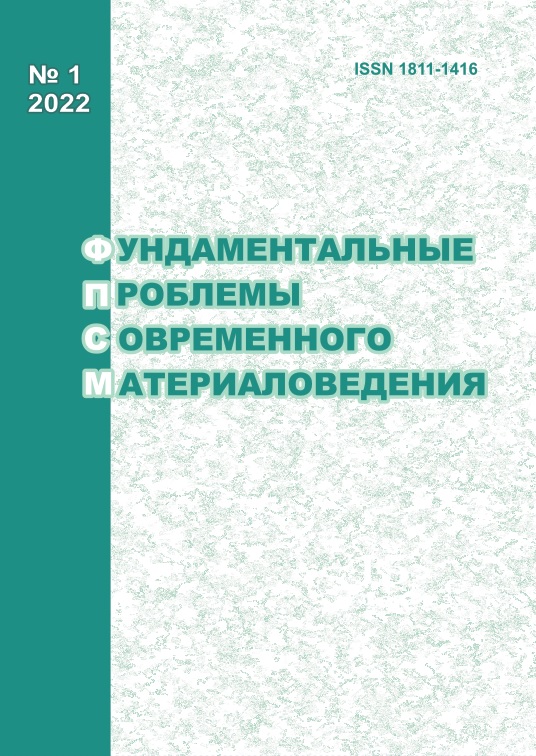ENERGY SIMULATION OF THE DISACCHARIDE SYSTEM OF D-GLUCOPYRANOSE AND L-RHAMNOPYRANOSE
10.25712/ASTU.1811-1416.2022.01.008
Keywords:
energy modeling of disaccharide system, D-glucopyranose, L-rhamnopyranose, quercetin glycosideAbstract
Mechanochemical activation of natural raw materials allows the extraction of valuable components, for example, flavonoids. The named processing of raw materials with carbohydrates (sugars) simultaneously transforms poorly soluble compounds into a water-soluble form. The flavonoid quercetin is interesting as a promising antioxidant, but has low solubility in water. To convert it into a soluble carbohydrate form, it is necessary to first study the stability of various compounds of quercetin and carbohydrates (sugars). Using the apparatus of molecular mechanics, computer modeling of compounds formed by the flavonoid quercetin and the monosaccharides glucose and rhamnose was carried out. Taking into account the reactivity of carbohydrates, the question arises about the uniqueness of the reaction of the formation of a compound of quercetin with a carbohydrate and about the possibility of a concurrent reaction of carbohydrate molecules among themselves. The structures of disaccharides formed by the interaction of the monosaccharides D-glucopyranose and L-rhamnopyranose are considered by computer modeling. The change in the internal energy of the simulated structures was chosen as a quantitative criterion for variants of the compound of carbohydrate1 and carbohydrate2, it can be considered the binding energy of monosaccharides into disaccharide. The preferred type of disaccharide structures formed from monosaccharides is the formation of an oxygen bridging bond between the 1-, 4-, 6-hydroxygroups of D-glucopyranose and 1-, 2-, 4-hydroxygroups of L-rhamnopyranose. When disaccharides are formed through the above hydroxyl groups, two types of products are distinguished. The reaction between monosaccharides through the oxygen bridges of the backbone carbon atoms demonstrates the resulting energy values of the system -50-0 kJ/mol. Similar energy values are observed in the formation of energetically advantageous glycosides of quercetin. On this basis, it is concluded that the processes of formation of simulated quercetin glycosides and the formation of disaccharides are concurrent. The second type of products is the formation of glycosides through the primary alcohol hydroxyl group of the carbon atom C6 of glucopyranose. Binding is also energetically advantageous, but it is not predominant in natural compounds. Bridging through the C6 position in polysaccharide chains dominates the formation of three-dimensional structures.











 Journal «Fundamental’nye problemy sovremennogo materialovedenia / Basic Problems of Material Science»
Journal «Fundamental’nye problemy sovremennogo materialovedenia / Basic Problems of Material Science» This work is licensed under a
This work is licensed under a 
